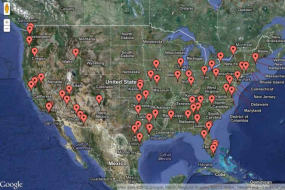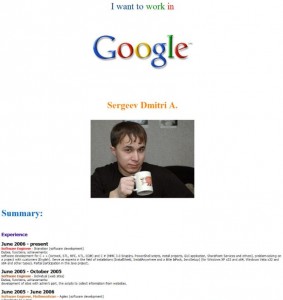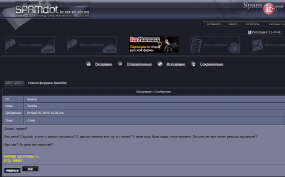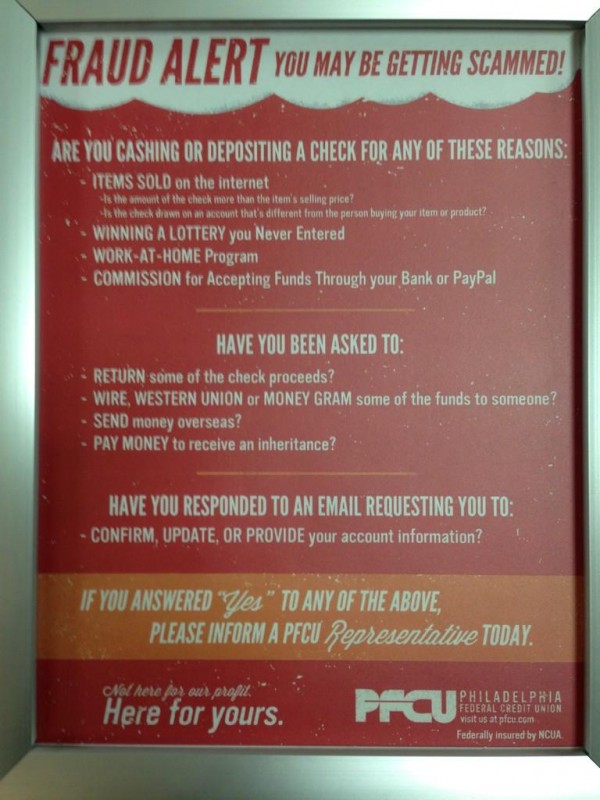“Project Blitzkrieg,” a brazen Underweb plan for hiring 100 botmasters to fuel a blaze of ebanking heists against 30 U.S. financial institutions in the Spring of 2013, was met with skepticism from some in the security community after news of the scheme came to light in October. Many assumed it was a law enforcement sting, or merely the ramblings of a wannabe criminal mastermind. But new research suggests the crooks who hatched the plan were serious and have painstakingly built up a formidable crime machine in preparation for the project.

McAfee says it tracked hundreds of infections from Gozi Prinimalka since Project Blitzkrieg was announced in early September.
The miscreant who posted the call-to-arms — a bald, stocky guy using the nickname vorVzakone (literally, “thief in law”) — also posted a number of screen shots that he said were taken from a working control panel for the botnet he was building. Those images contained several Internet addresses of PCs that were allegedly part of his botnet. According to RSA Security, the botnet consisted of systems infected with Gozi Prinimalka, a closely-held, custom version of the powerful password-stealing Gozi banking Trojan.
In an analysis (PDF) to be published Dec. 13, security vendor McAfee said it was able to combine the data in those screen shots with malware detections on its own network to correlate both victim PCs and the location of the control server. It found that the version of the Prinimalka Trojan used in the attack has two unique identifiers (“Campaign ID” and “Bot ID”) that identify what variant is being deployed on infected computers. McAfee said that all of the systems it identified from the screen shots posted by vorVzakone carried the Campaign ID 064004, which was discovered in the wild on April 14, 2012.
Ryan Sherstobitoff, a threat researcher at McAfee, said the company’s analysis indicates that Project Blitzkrieg is a credible threat to the financial industry and appears to be moving forward.
“There is much speculation whether Project Blitzkrieg is real or simply a creation of Russian law enforcement as a sting operation. Our analysis suggests it is authentic, though the timing of the fraudulent activity is unknown,” Sherstobitoff said.. “We do know that the thieves have had an active system since April 2012, with at least 500 victims who can be linked to vorVzakone.”













